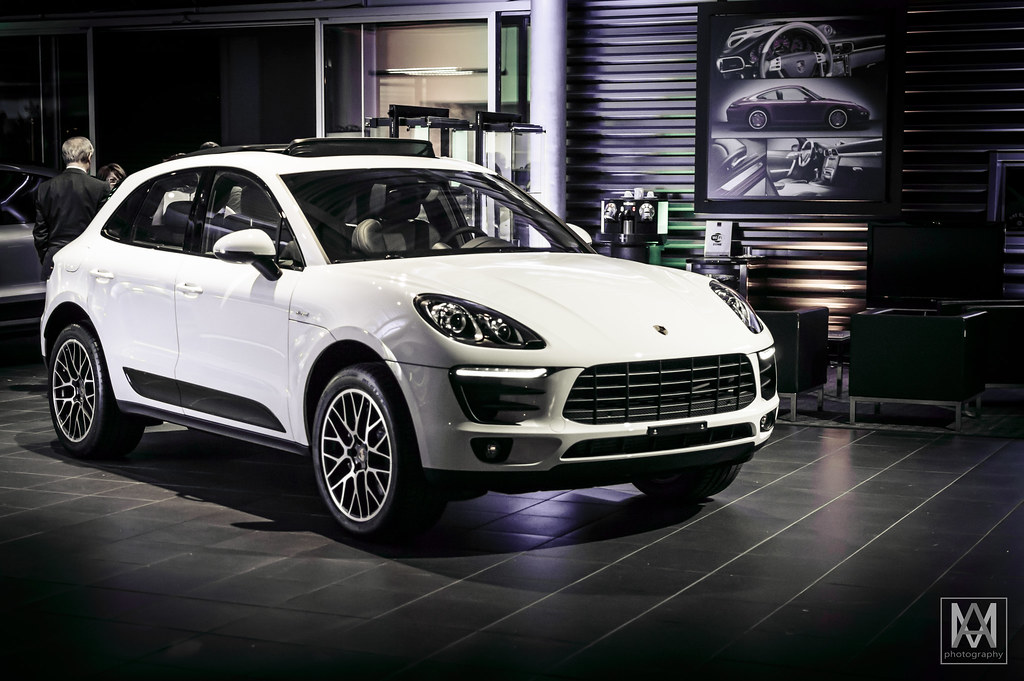Have you ever found yourself squinting through a downpour, trying to discern the vehicles ahead? Or perhaps you’ve been on the highway at dusk and noticed a car seemingly materialize out of nowhere because its rear was shrouded in darkness. These situations highlight a curious and often debated aspect of automotive safety technology: Daytime Running Lights (DRLs). More specifically, it raises the question: Why are DRLs designed to illuminate only the front of vehicles, leaving the rear end vulnerable to being overlooked in poor visibility conditions?

The Discrepancy in Automotive Lighting
Volvo stands alone in the automotive landscape, lighting both the front and back of its vehicles at all times. This contrasts sharply with the approach of other manufacturers, who focus on illuminating the vehicle’s front. The logic behind this discrepancy is rooted in both historical decisions and contemporary regulatory frameworks, as well as in the nuanced understanding of automotive lighting’s impact on safety.
The concept of DRLs emerged from a simple premise: increasing a vehicle’s visibility to others on the road during the day can reduce the likelihood of collisions. This premise led to the mandatory inclusion of front DRLs on all new vehicles sold in Canada since 1989. However, the rear of vehicles was left in the dark, both figuratively and literally. The reasoning, as noted by safety experts and regulatory bodies like Transport Canada, hinges on the absence of compelling evidence to suggest that rear DRLs significantly reduce crashes under most driving conditions. According to Lewis Smith, manager of national projects with the Canada Safety Council (CSC), while front DRLs help drivers gauge the speed and distance of oncoming vehicles, the same benefit does not clearly extend to vehicles approaching from behind.
This doesn’t mean that concerns about the visibility of a vehicle’s rear in poor lighting conditions are unfounded. In fact, they are very much valid, as highlighted by countless anecdotes of drivers suddenly noticing a vehicle’s presence only when it’s alarmingly close. The issue has been compounded by modern automotive design choices, such as backlit speedometers that remain illuminated regardless of whether the headlights are on, leading some drivers to mistakenly believe their vehicle is fully lit.
The Debate and Potential Solutions
In response to these concerns, as of September 2021, manufacturers have been afforded three options to enhance the visibility of new cars from behind. These include implementing always-on rear DRLs, equipping cars with automatic headlights that activate in low-light conditions, or designing dashboards that only illuminate when the headlights are switched on. Each of these options addresses the visibility problem in its own way, reflecting a regulatory approach that favors flexibility over a one-size-fits-all mandate.
Despite these measures, the debate continues, fueled by personal experiences and the undeniable reality that even with front DRLs, vehicles can remain dangerously inconspicuous from behind under certain conditions. This was confirmed in a real-world observation during a hard rain when cars without rear illumination were hard to spot. The issue also extends to nighttime driving, where the limited brightness of DRLs compared to standard headlights can give drivers a false sense of security, unwittingly leaving their vehicle’s rear end vulnerable.

What could be the solution? Some advocate for the universal adoption of rear DRLs, pointing to their potential to enhance safety comprehensively. Others believe that the key lies in education and awareness, ensuring drivers understand their vehicle’s lighting features and the importance of ensuring full illumination, especially in adverse conditions.
The discussion around DRLs — front and back — is emblematic of the broader challenges in automotive safety. It’s a reminder that technology, while a powerful tool in reducing accidents, must be thoughtfully implemented and complemented by driver awareness and responsibility. As the conversation evolves, perhaps we’ll see a shift towards more inclusive lighting strategies that leave no part of the vehicle in the dark. Until then, it behooves all of us — manufacturers, regulators, and drivers alike — to shine a light on the importance of visibility on the road, not just for our safety but for the safety of all who share the road with us.
Related posts:
Why do most cars still not have rear daytime running lights?
NHTSA says “NO” to DRLs
The Hazards of Daytime Running Lights




